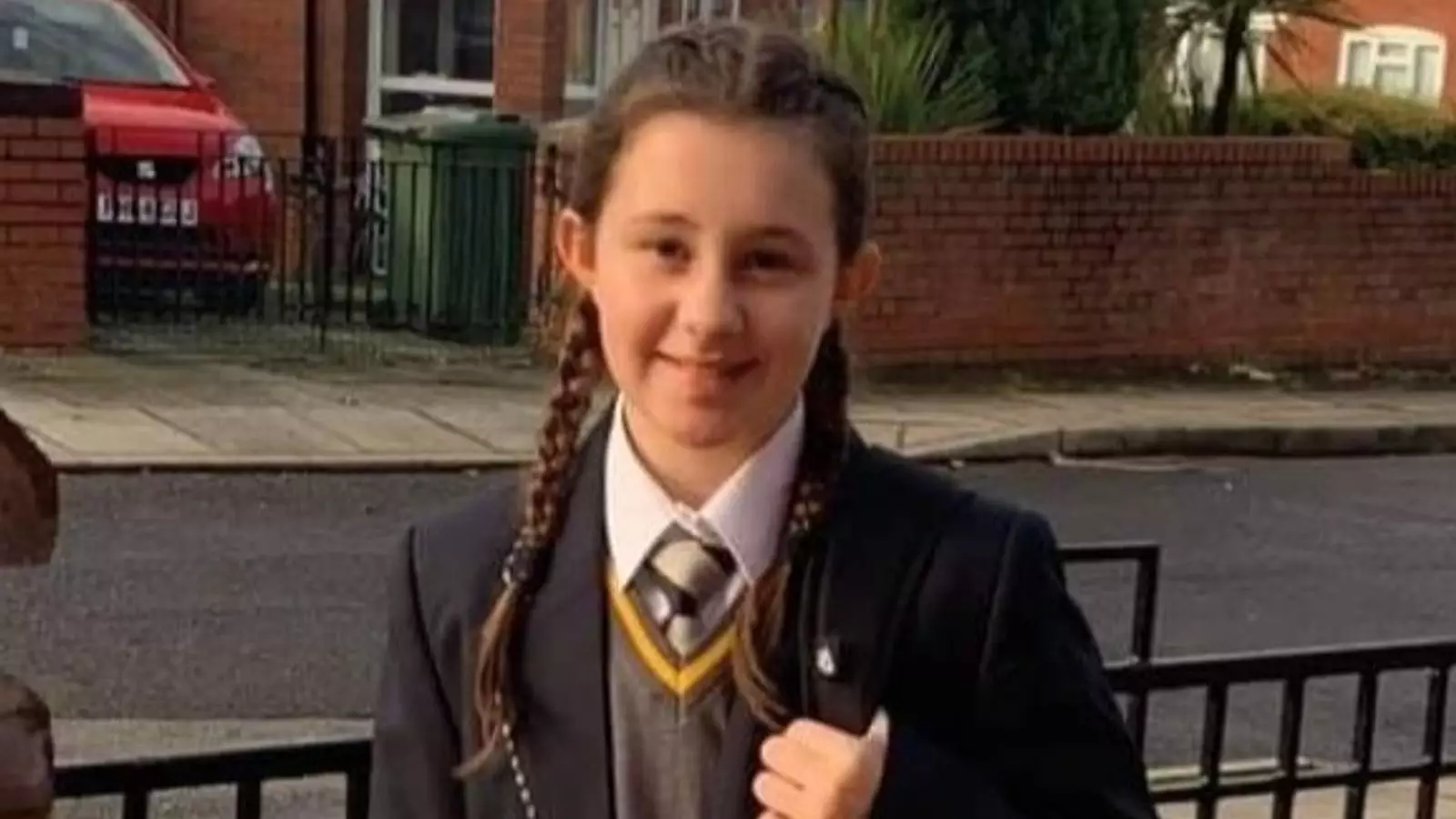The tragic and senseless death of 12-year-old Ava White at the hands of Harry Gilbertson in Liverpool is a harrowing reminder of the fragility of youth and the terrible consequences of an escalating culture of violence. This young girl, full of promise and a bright future ahead, became yet another grim statistic in the sinister narrative of knife crime in the UK. As we reflect on the recent developments in this case—particularly the public naming of Gilbertson after turning 18—it raises profound questions about justice, societal responsibility, and the treatment of victims versus perpetrators.
Ava was just enjoying a day out with friends, relishing the festive spirit of the Christmas lights being turned on, when their lives were irrevocably shattered by an inexplicable act of violence. Gilbertson, then only 14, wielded a knife and delivered a fatal blow, escaping the scene without a moment’s thought for the irreversible harm he had inflicted. The core of the tragedy lies not just in Ava’s death but in how society responds to such incidents. The outpouring of grief from Ava’s family should be met with a system that provides not just accountability for the perpetrator but a genuine commitment to preventing future tragedies from occurring.
A Cry for Transparency
Leeann White, Ava’s mother, wants the world to know the identity of her daughter’s killer, and with good reason. The initial reporting restrictions that protected Gilbertson’s identity stand in stark contrast to the unrelenting public suffering endured by Ava’s family. One cannot help but feel a sense of deep injustice that while a family dealing with loss has to sit their younger relatives down to explain the horrific reality of violence, Gilbertson was shielded from accountability by the very systems designed to protect vulnerable individuals. It feels as though the system is more concerned about safeguarding the perpetrator than providing closure for victims’ families.
The imbalance of protection and transparency here is troubling. In a society where victims are often sidelined, why should a murderer—regardless of age—be granted anonymity, while the victims’ families face the pain of public scrutiny and shame? It raises profound ethical questions: Are we, as a society, prioritizing the lives of offenders over the grieving families left to pick up the pieces? This profound disparity speaks volumes about our cultural values.
The Brutality of Forgiveness
It’s haunting to hear Ms. White express her anger at seeing Gilbertson take selfies while serving time, seemingly devoid of regret or understanding of the impact he has had on so many lives. The emotional turmoil that she grapples with, bewildered by the lack of consequence for a crime that irrevocably ended her daughter’s life, is something that cannot be easily quantified. In a world where such cruelty exists, how can forgiveness even be contemplated? It feels almost delusional to demand absolution when the pain remains so raw and palpable.
The notion that Gilbertson could complete his GCSEs while Ava will forever remain 12 is a pivoting point in this narrative. Ava’s mother was astute to recognize that as Gilbertson was preparing for future milestones, a small fragment of normalcy was stripped away from Ava’s family. The question of rights looms large here: What rights does a murderer still hold, especially when the victim’s rights to a peaceful, fulfilled life have been brutally snatched away?
Action in Memory of Ava
In an inspiring act of resilience, Leeann White created a foundation in Ava’s honor, providing bleed control kits to schools and businesses. This proactive approach highlights not only her grief but her fierce determination to effect change in the world. Her belief that “every establishment should have one” echoes like a battle cry in a society increasingly plagued by knife crime. This is not merely a policy issue; it’s a societal imperative that we must all rally behind.
Instead of being paralyzed by grief, White actively pushes for solutions that can potentially save lives. The establishment of such initiatives should not be borne solely by grieving families but should be a collective responsibility—a reflection of our commitment to make our communities safer.
It is evident that the status quo is inadequate, and real change must demand accountability from the justice system, transparency in media reporting, and a greater acknowledgment of the victim’s experience. As Ava’s memory moves forward in the community through initiatives like Ms. White’s foundation, we must question not only how we treat perpetrators but also how we can create an environment where such tragedies become a thing of the past. The real question lingers: Are we ready to confront these uncomfortable truths and make meaningful changes?

